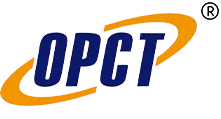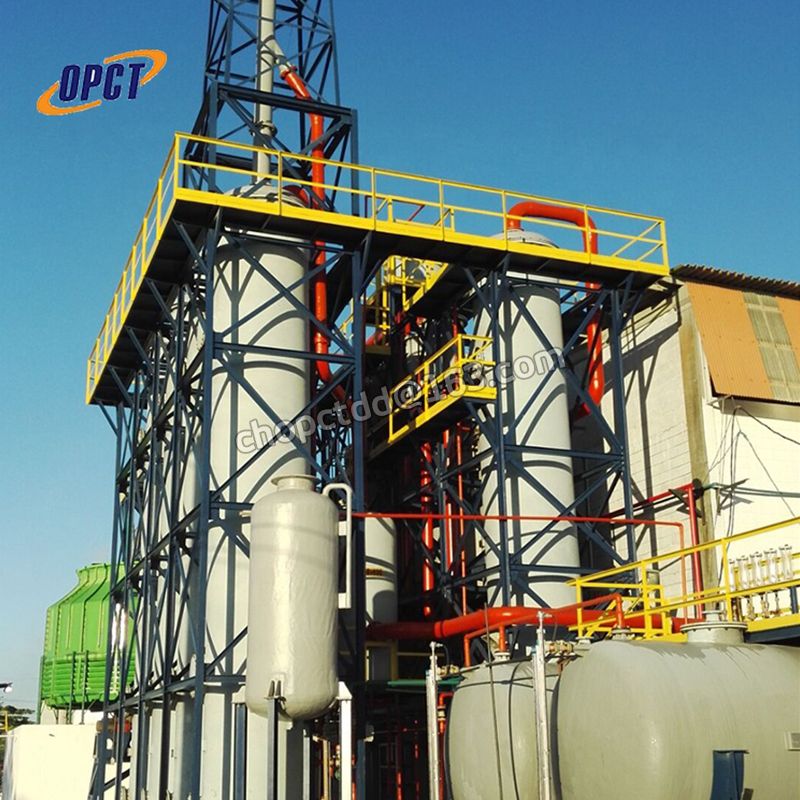Workflow of Sulfate of Potash Fertilizer Production Line
The production of sulfate of potash (SOP) fertilizer involves several steps, including mining, mineral processing, and refining.
Here is a General Overview of the Process:
Mining
SOP is typically produced from potash ore, which is mined from underground deposits. The ore is extracted using traditional mining methods, such as shaft mining or solution mining.
Mineral processing
The mined ore is then transported to a processing facility, where it is crushed and ground into a fine powder. This powder is then mixed with hot water to form a slurry.
Flotation
The slurry is then sent to a flotation circuit, where a series of chemical reagents are added to separate the potassium-bearing minerals from the other minerals in the ore. The potassium-bearing minerals rise to the surface and are skimmed off, while the other minerals sink to the bottom.
Potassium chloride production
The potassium-bearing minerals are then sent to a crystallization circuit, where they are dissolved in hot water and then cooled. As the solution cools, potassium chloride (KCl) crystals begin to form and are collected.
Sulfuric acid addition
The KCl crystals are then dissolved in sulfuric acid (H2SO4) to form potassium sulfate (K2SO4). This is the basic product of SOP production.
Crystallization and drying
The K2SO4 solution is then cooled and sent to a crystallization circuit, where it forms small, white, crystalline particles of SOP. The crystals are then dried and cooled to remove any remaining moisture.
Quality control and packaging
The final product is screened and evaluated for quality, and any impurities or contaminants are removed. Once it is confirmed to be of good quality the SOP is packaged in bags or bulk containers and ready for shipment.
Granulation and Pelletization
To make application of SOP more convenient, the product can be processed further by granulation and Pelletization to become granular and then pelleted fertilizer, respectively. This can make it easier to spread in fields and allow for more accurate application rates.
Note that this is a general overview, and the specific process used by a particular company may vary depending on factors such as the location and quality of the ore, the available technology and equipment, and the company's own internal processes and protocols. Please contact your line manufacturer for more information.





